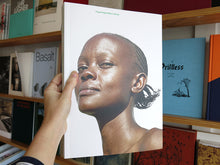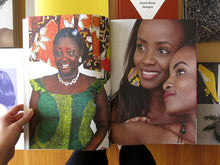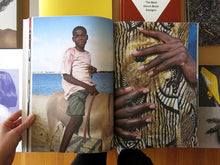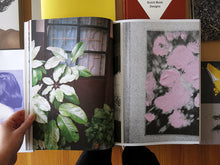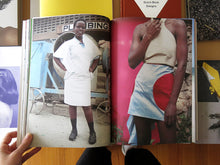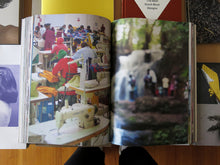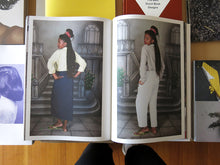
Kenya is a country with a young population, full of would-be consumers. Chaumont Zaerpour’s Things People Wear in Kenya is a photographic study of fashion as lived, worn, produced and consumed there. The book is an extensive, meandering observation of unscripted and posed contemporary clothes-wearing. Kenyan urbanites can choose from three principal clothing sources: local fashion labels, which are expensive and for most unaffordable as the raw materials are imported; mass-produced low-quality yet still comparatively dear garments from countries further east; or the mitumba trade, second-hand clothing which originates in Western clothing donation. This business, which has emerged over the past three decades, works when used clothes are exported from Europe and sold, at low cost and in high volumes, to African buyers, ending up distributed through market stalls. The photographers consider these distinct trades on their travels between Nairobi, Mombasa, Lake Naivasha and the World Heritage Site of Lamu.
The different fashion economies intertwine in the book, which is above all informed by Kenyan voices – clothing designers and wearers alike who spoke to the authors about their perception of clothing today during their two research periods travelling around the country. Their testimonies and the stories behind the photographs illuminate how textile cultures have been formed and informed by actors both in and far beyond Kenya. The reading experience of the book, with the mass of images and their rhythm, is akin to working through the dizzying piles of clothes in a mitumba market. Fashion is of relevance to everyone, whatever their income, and intersects with equally pressing social, economic and religious concerns.
24 × 34 cm, 344 pages, softcover, Kodoji Press (Baden).







